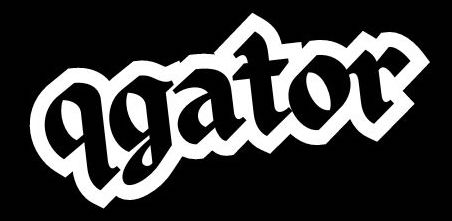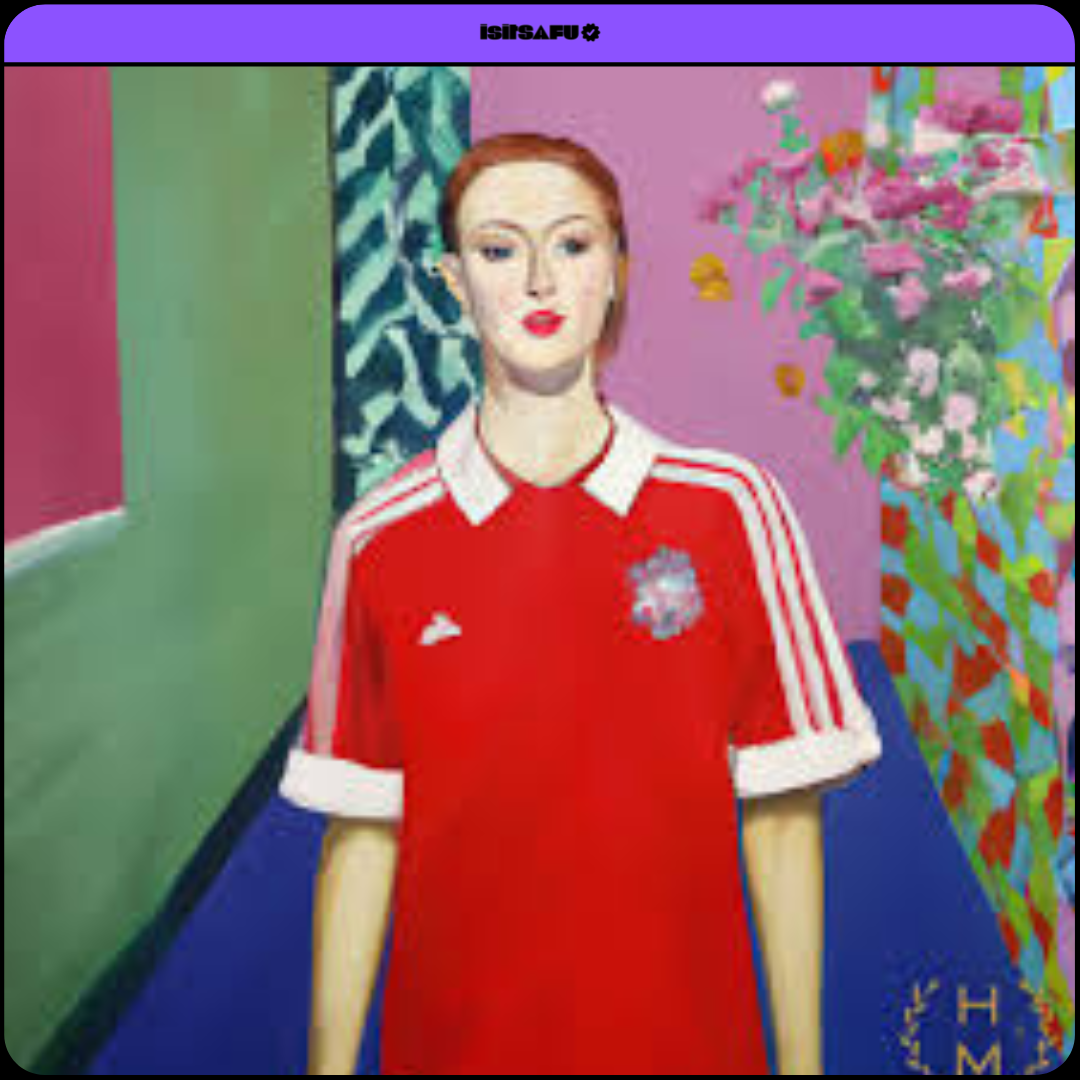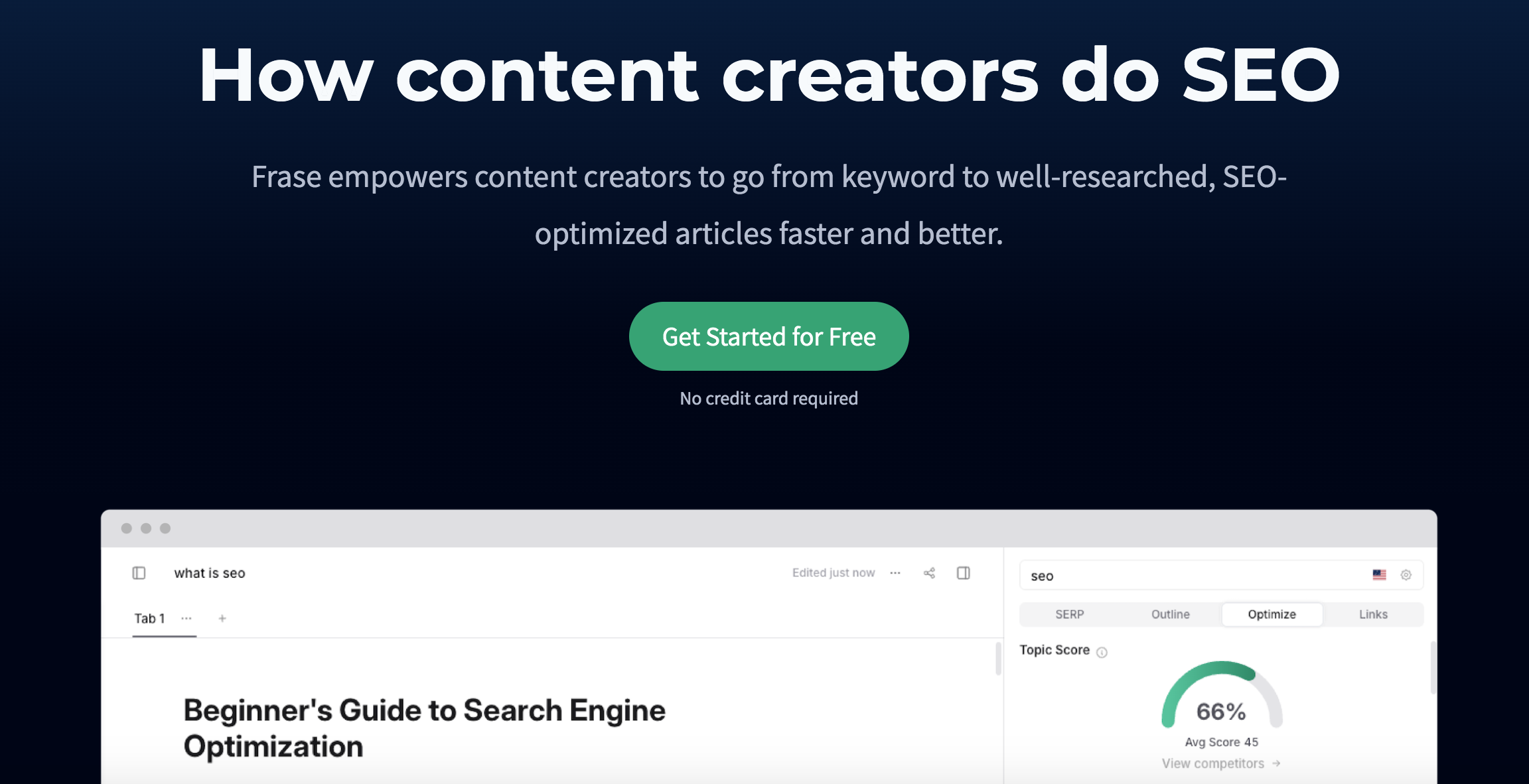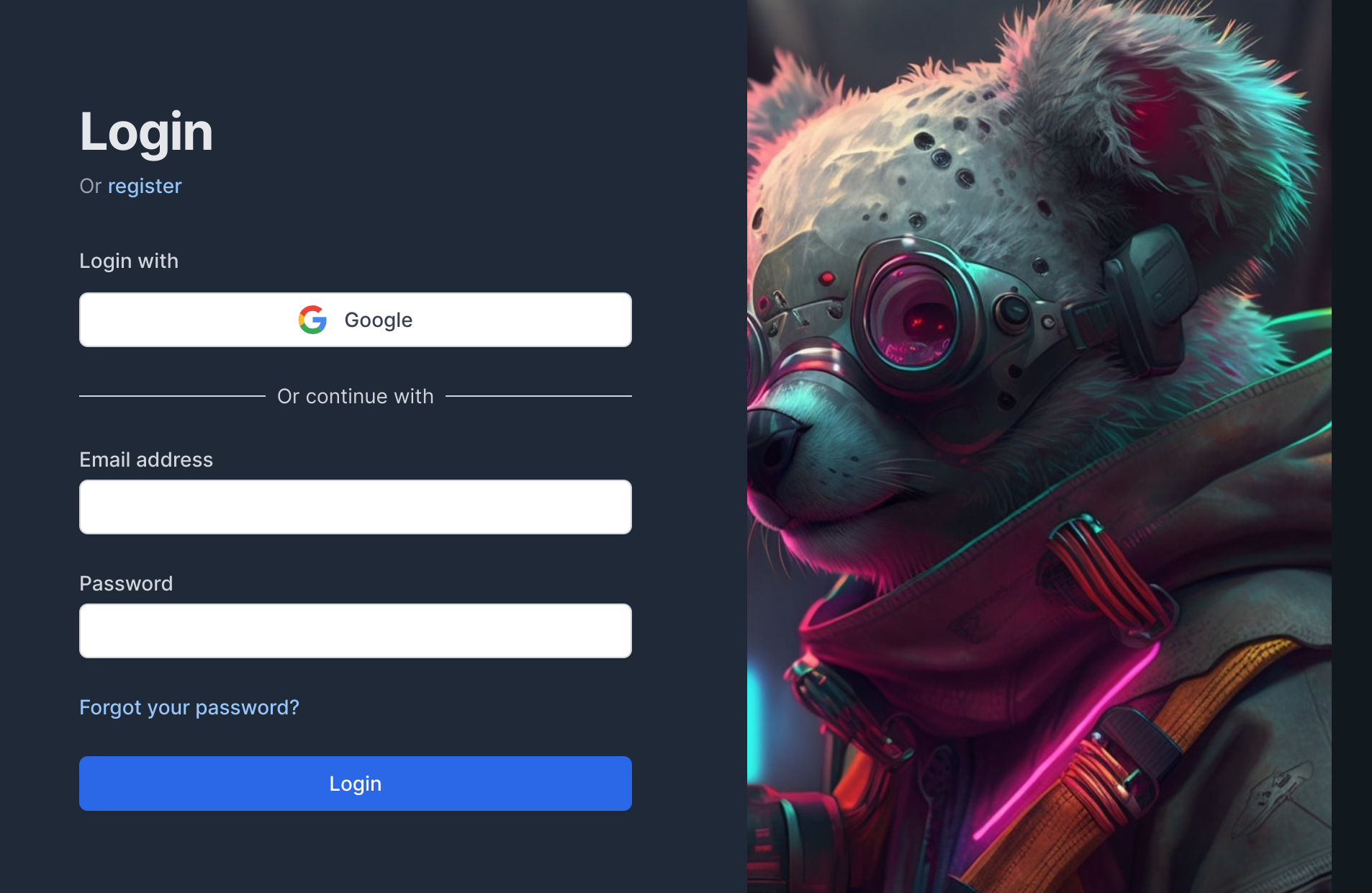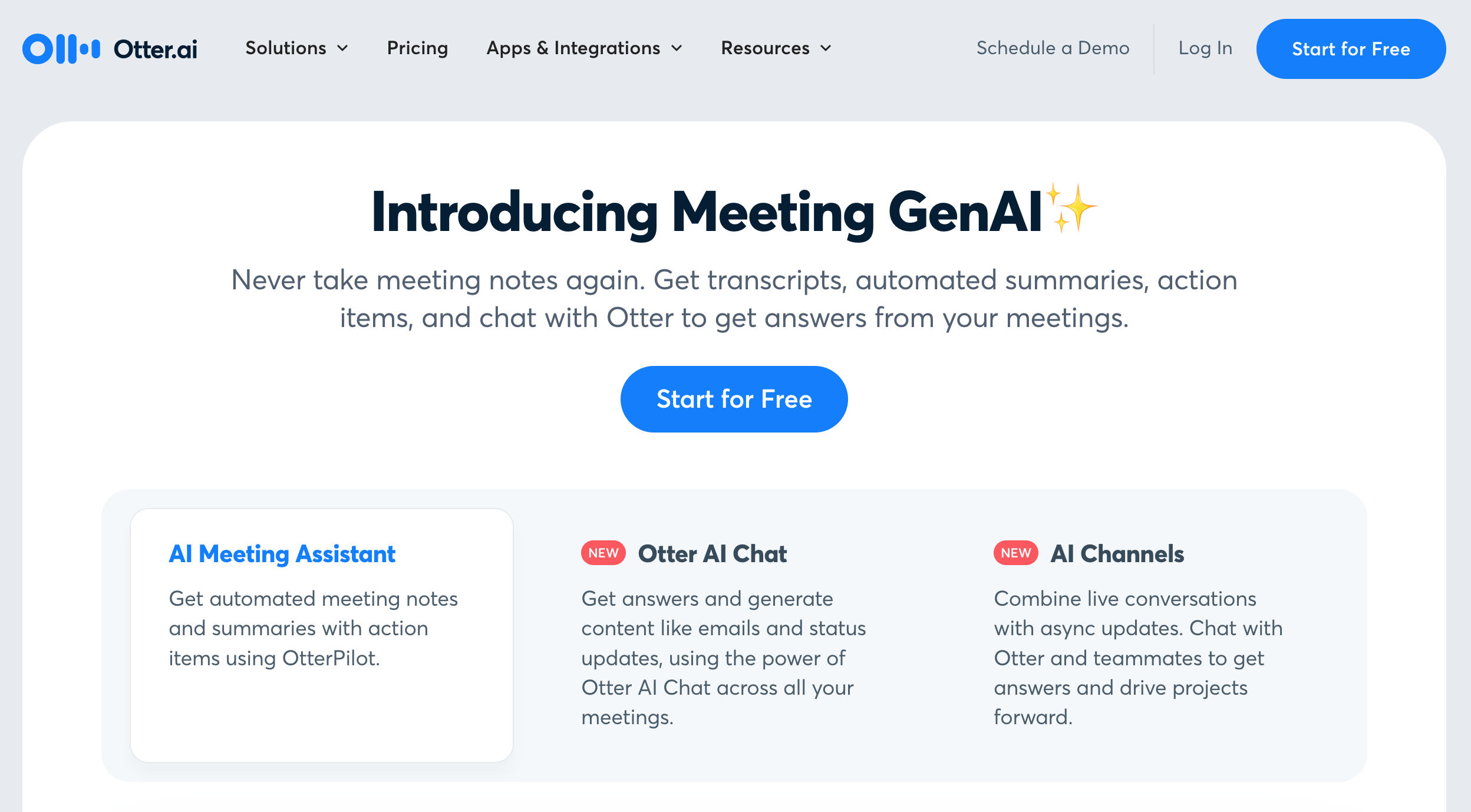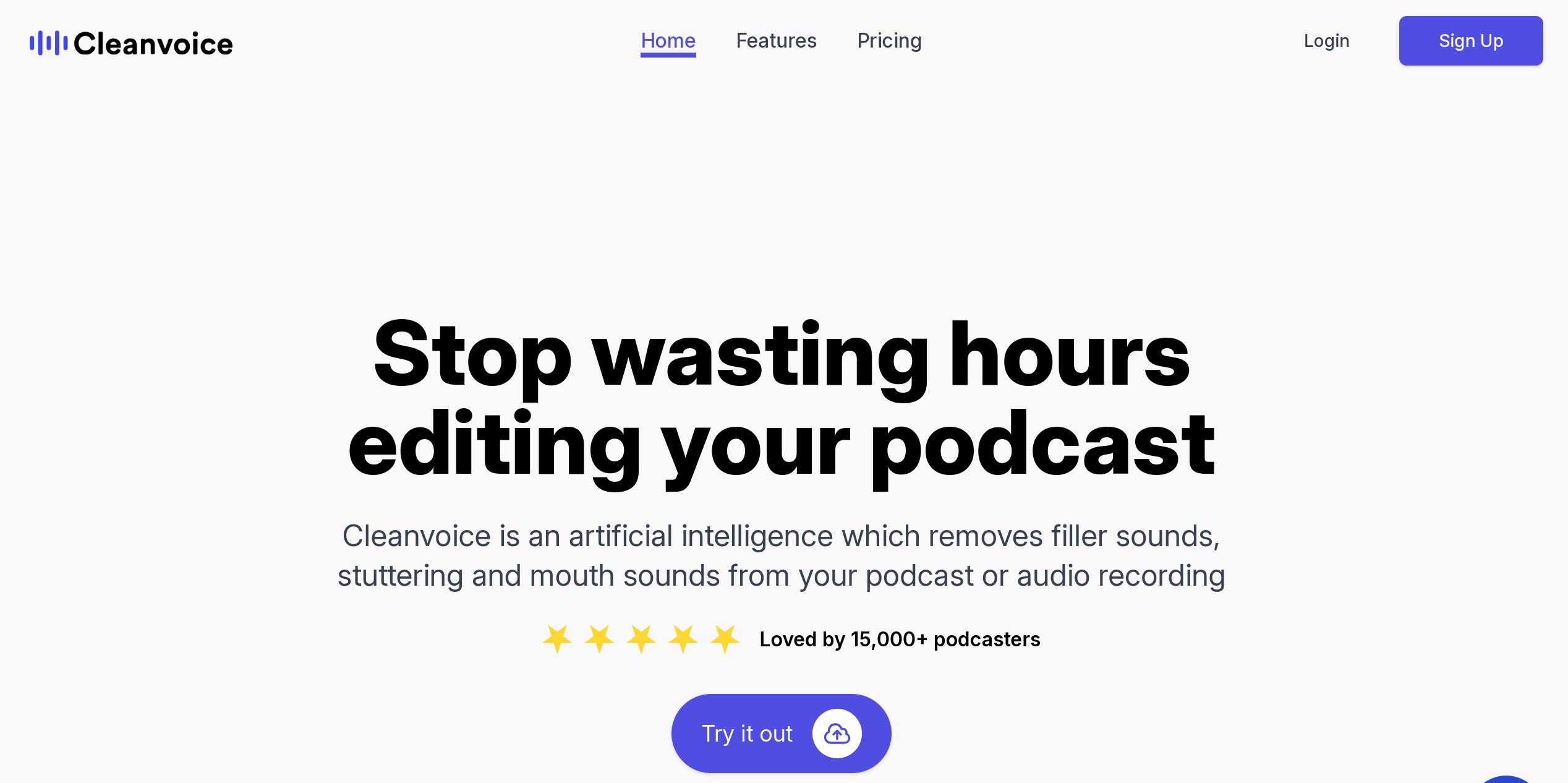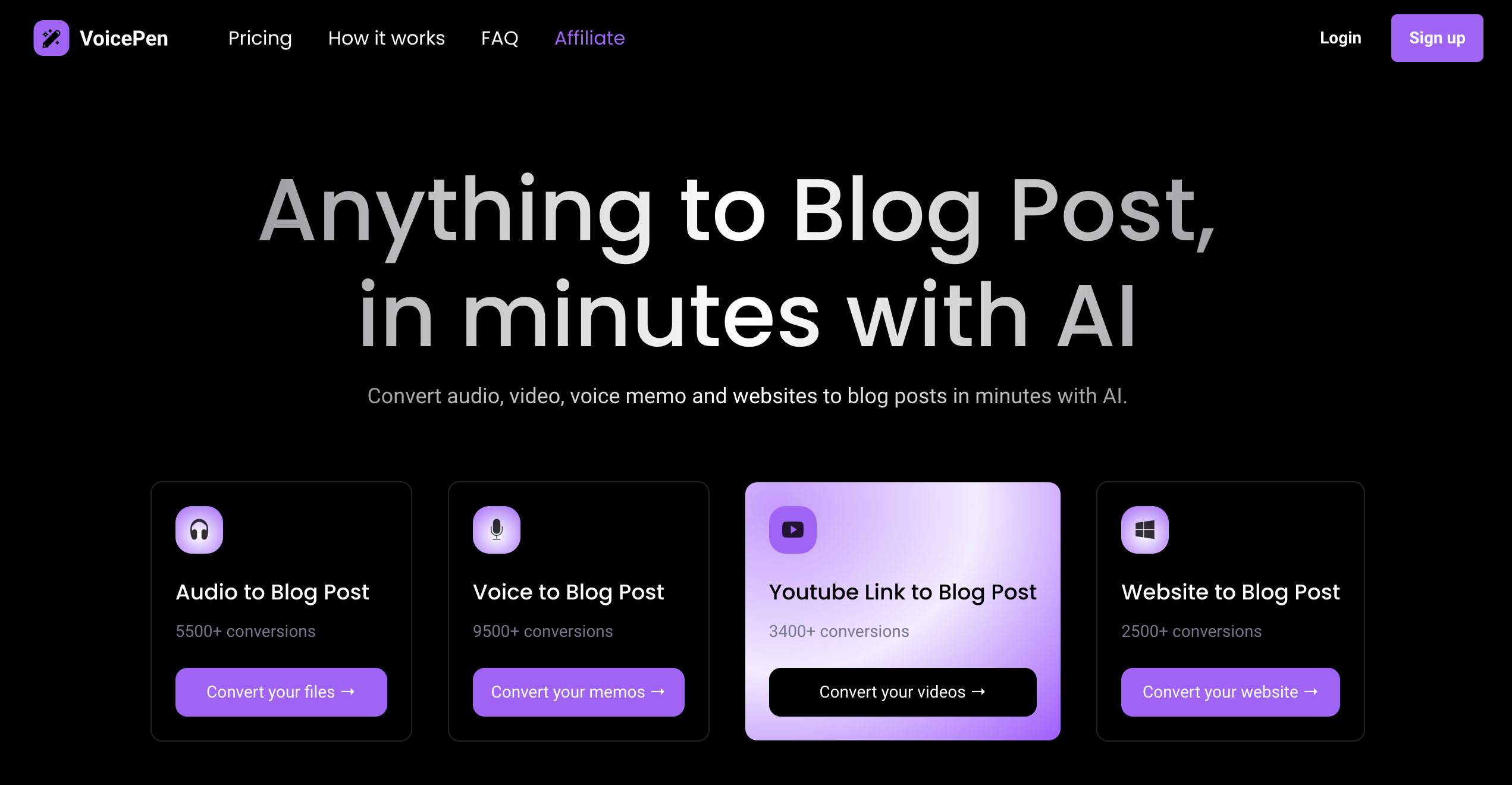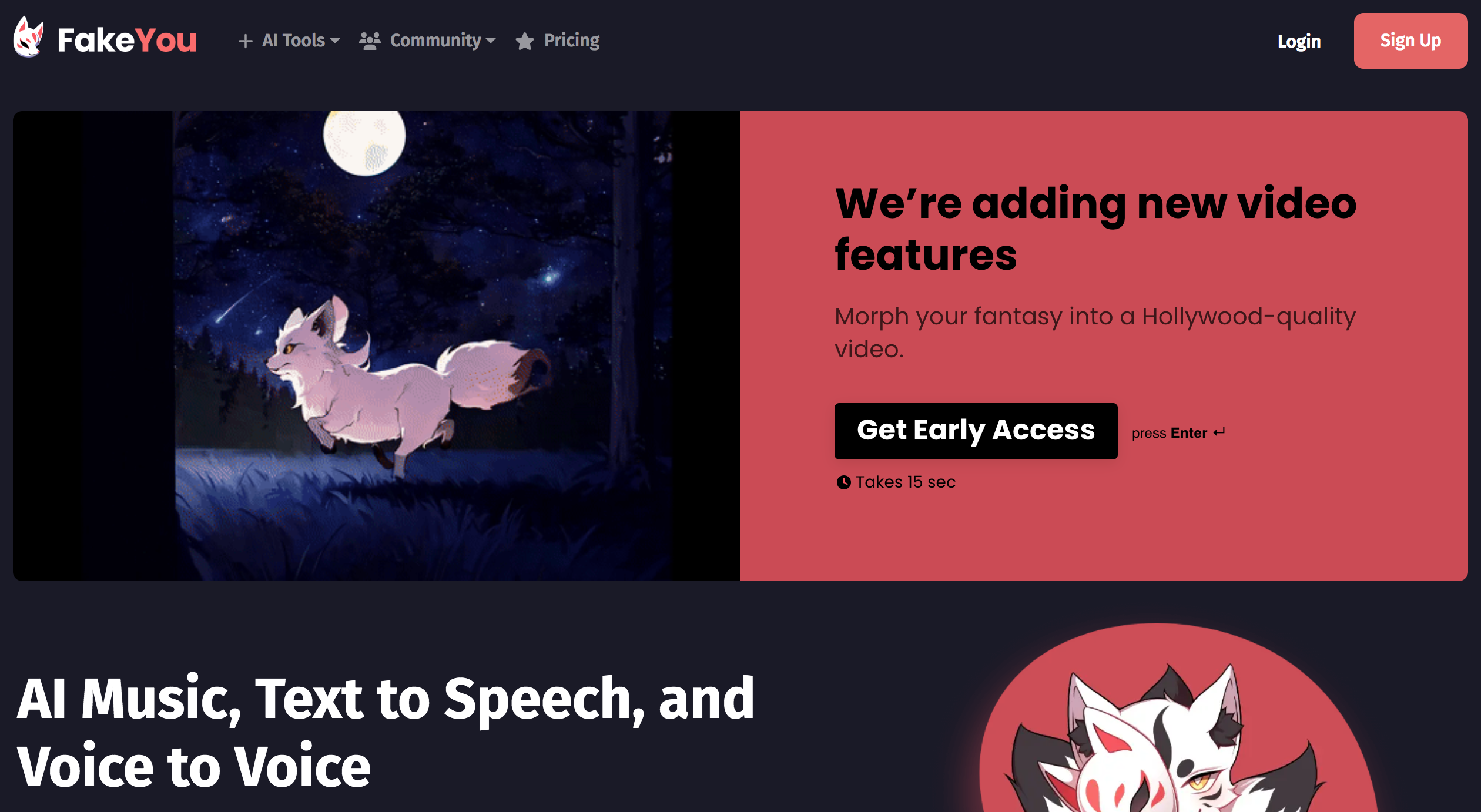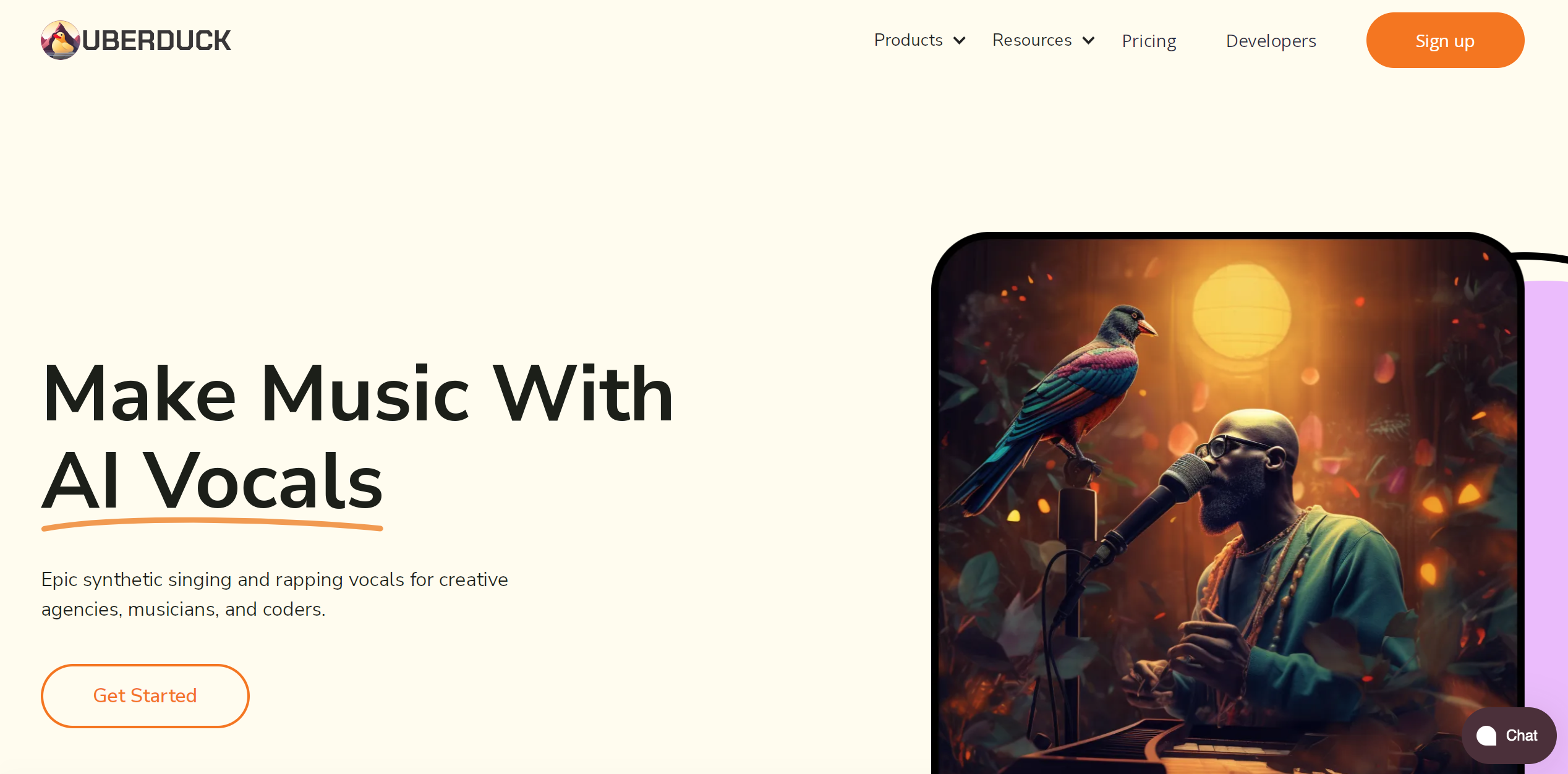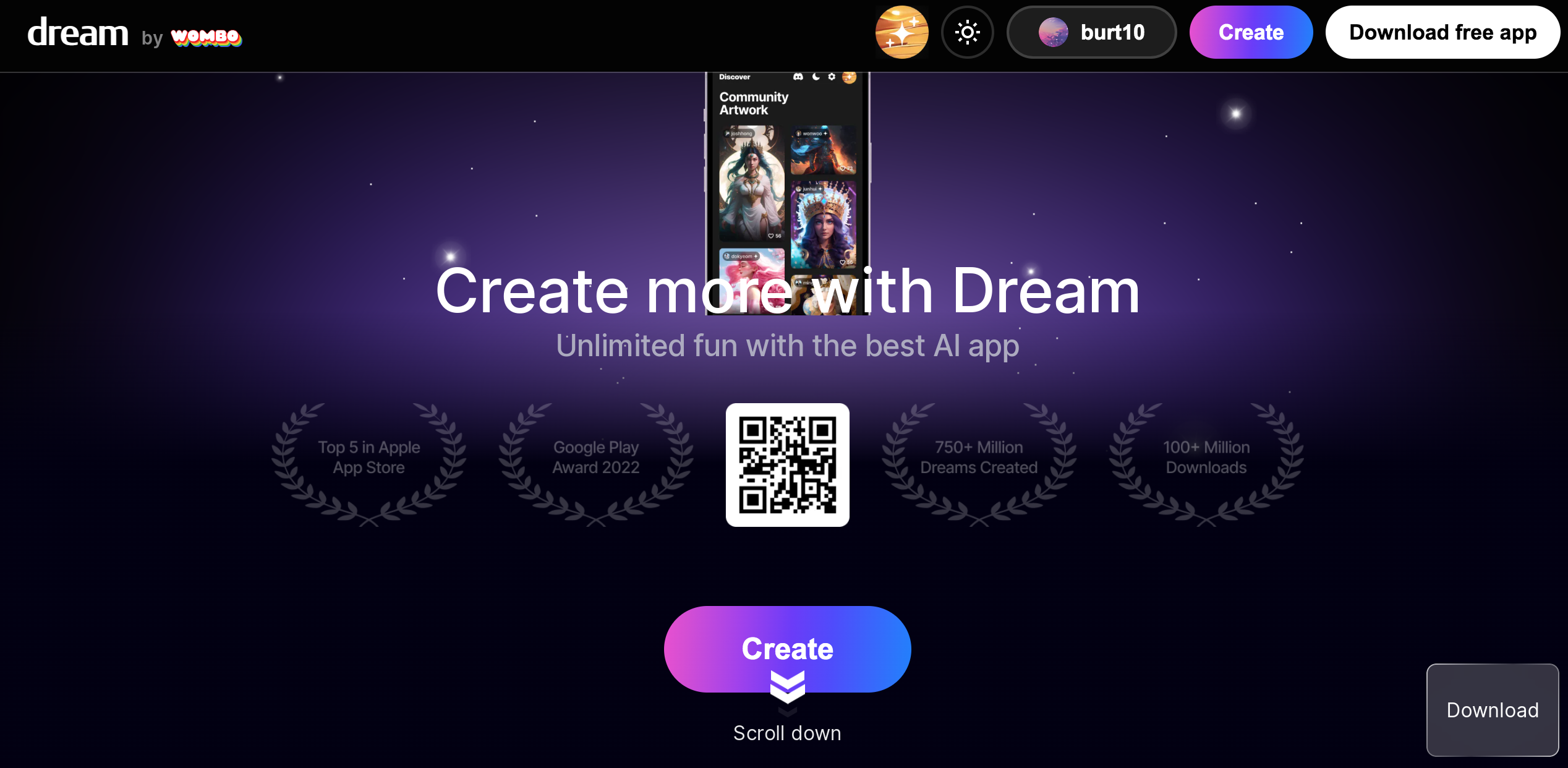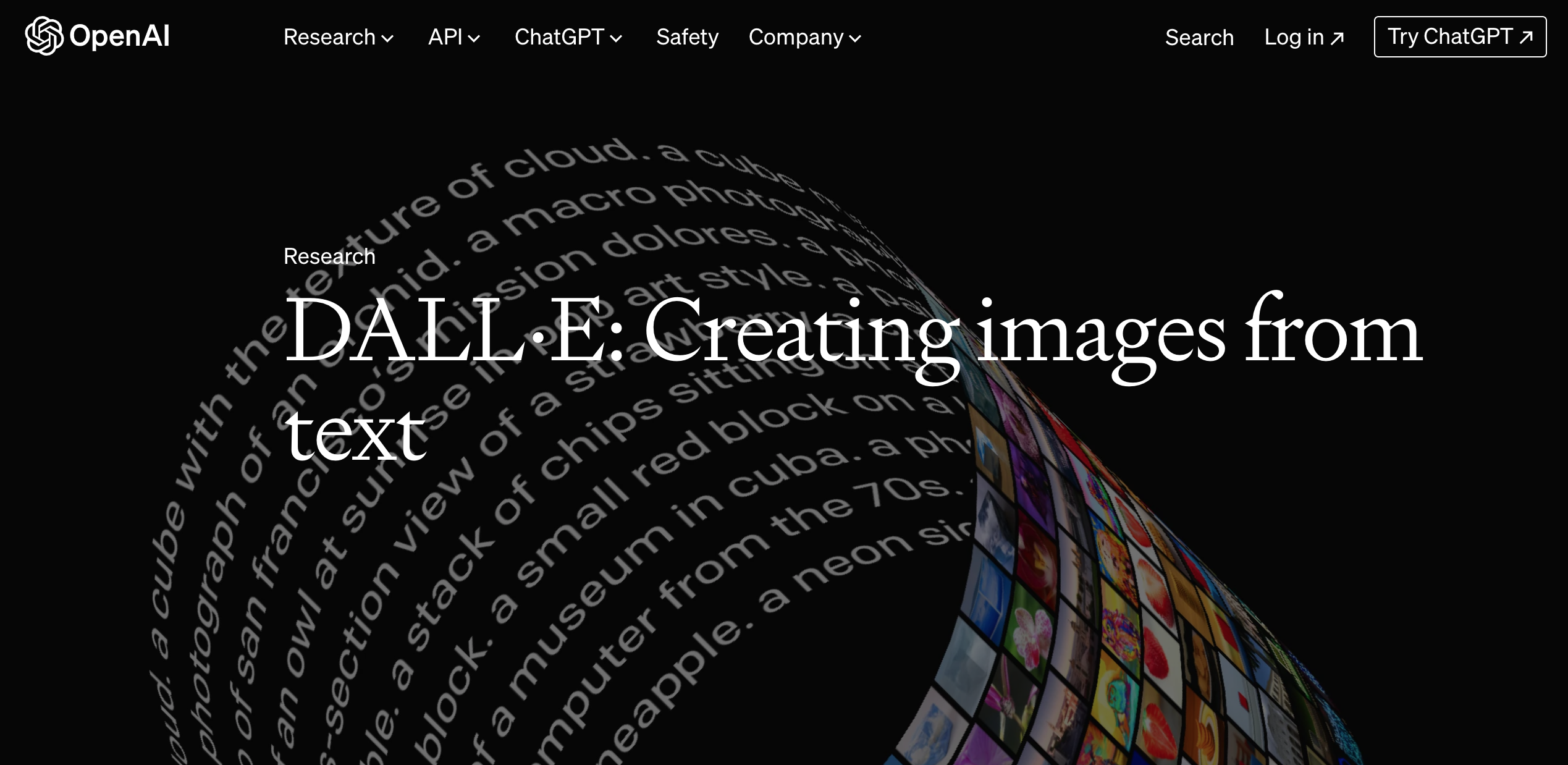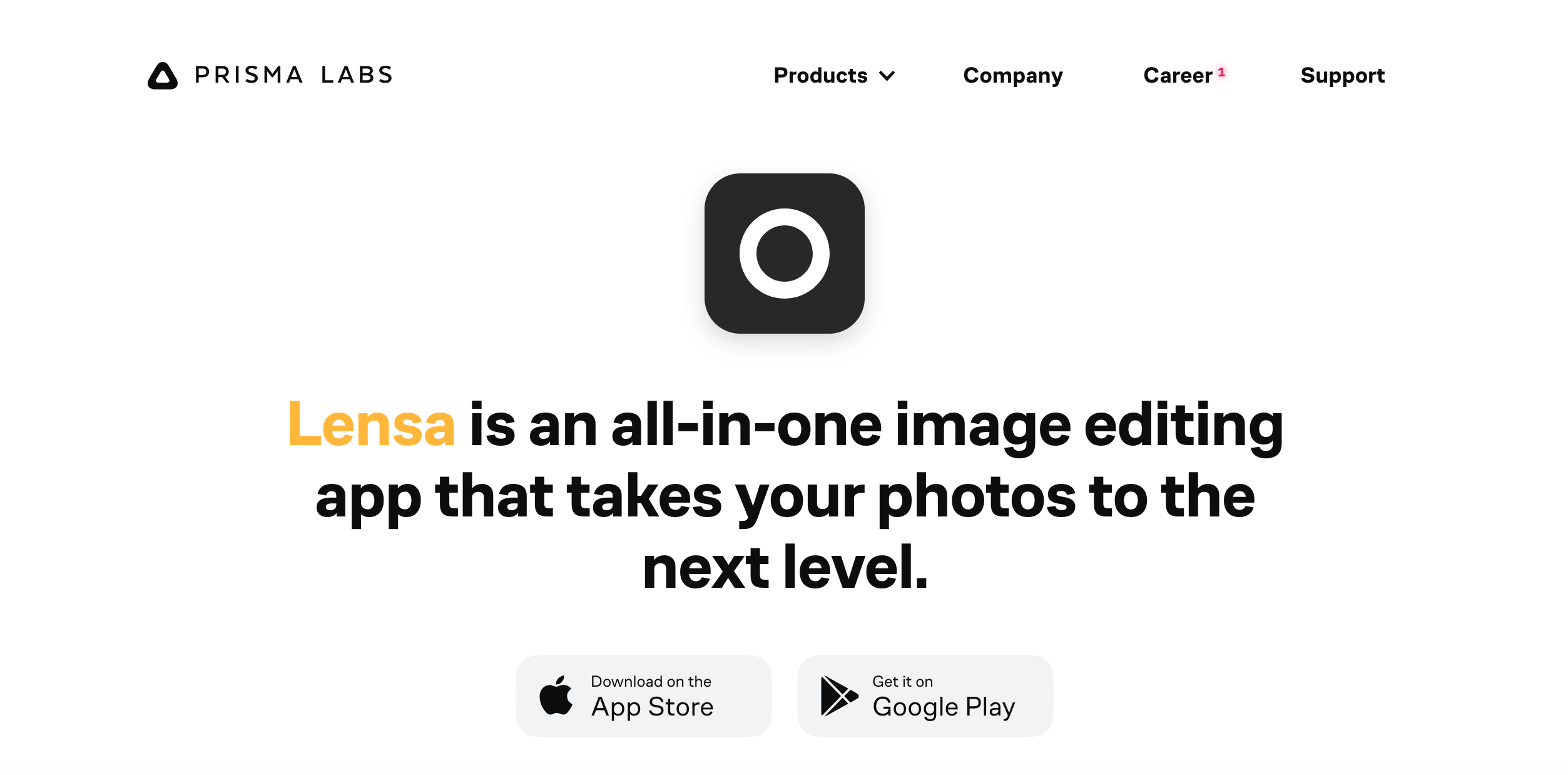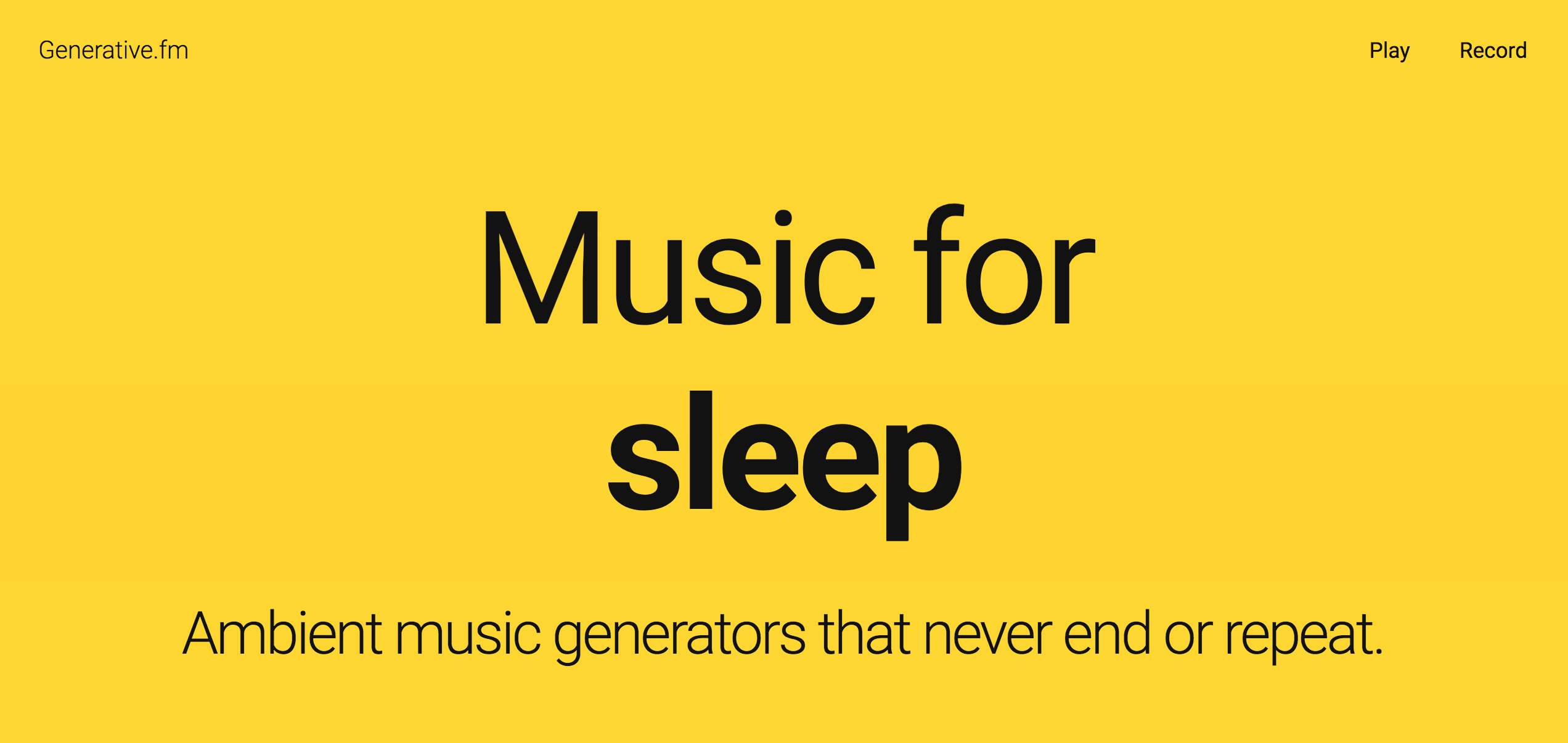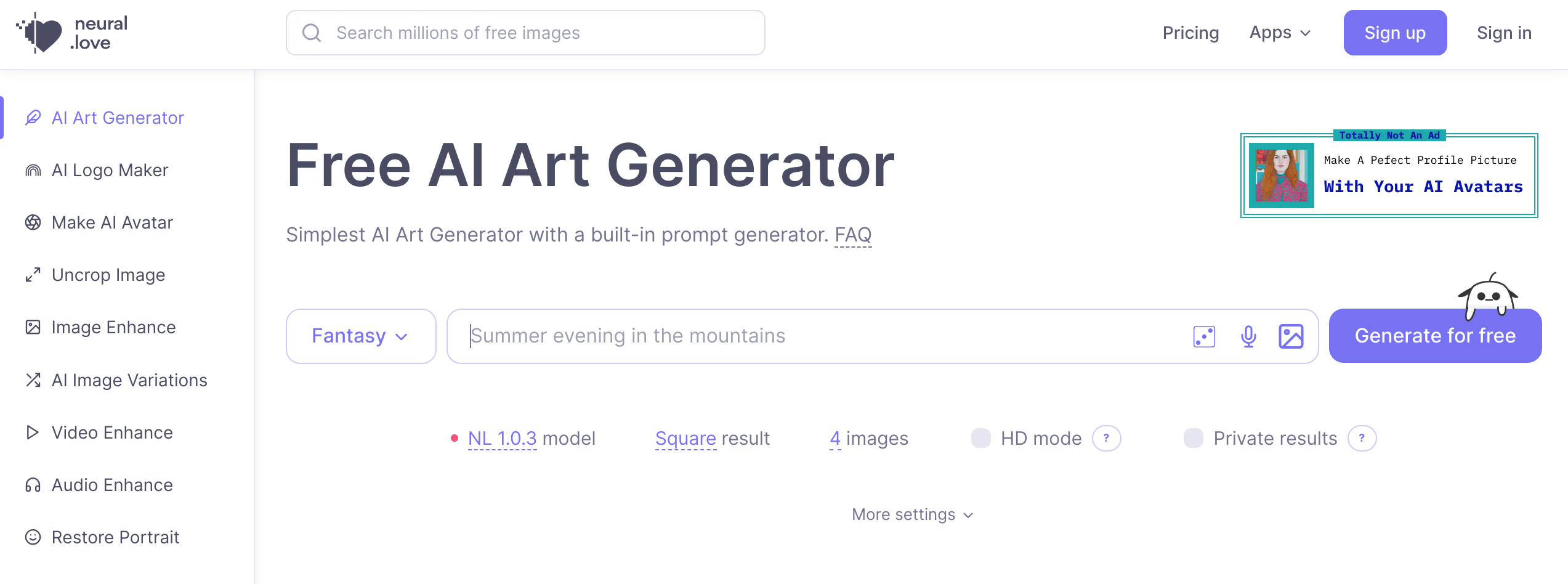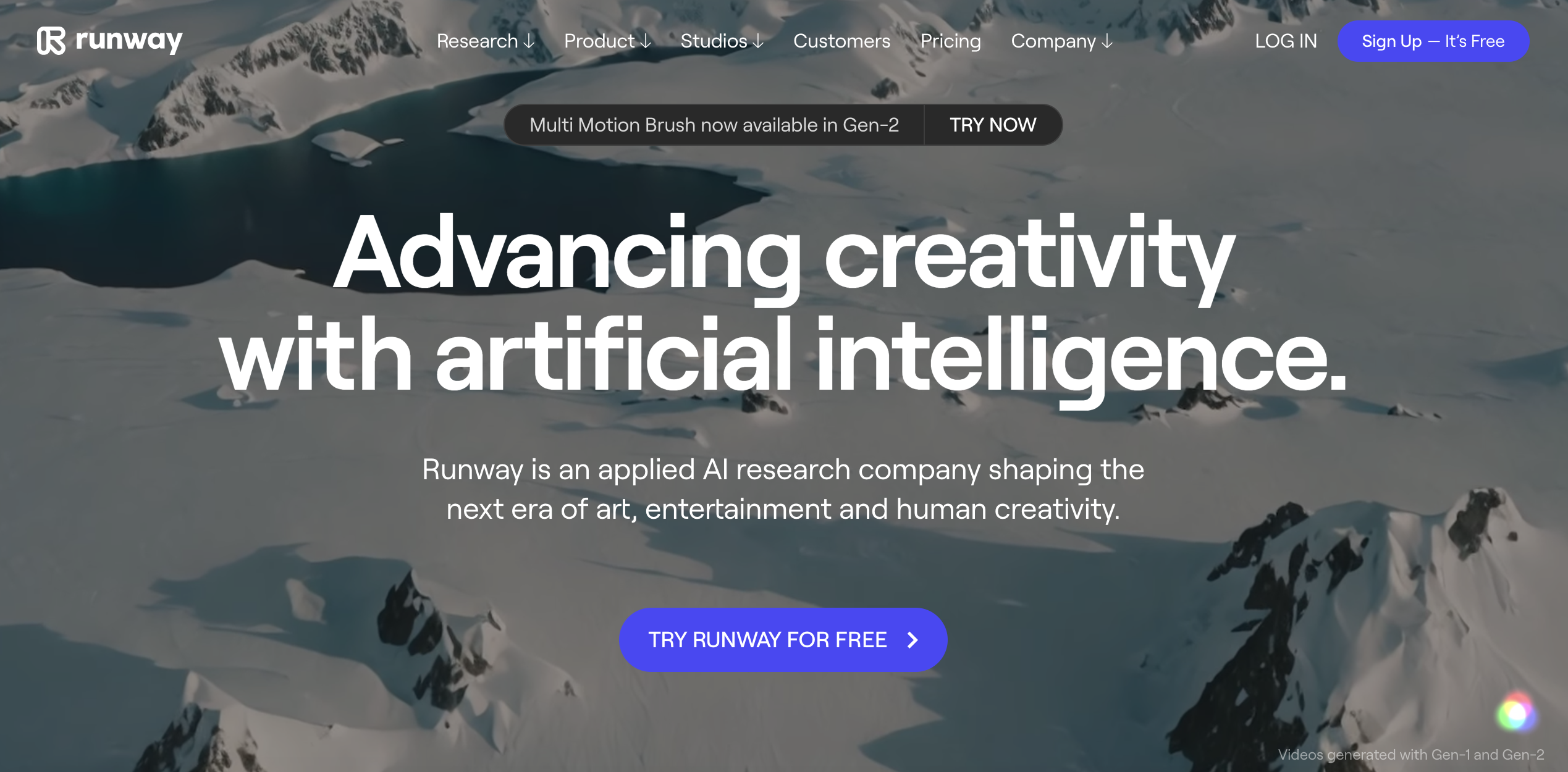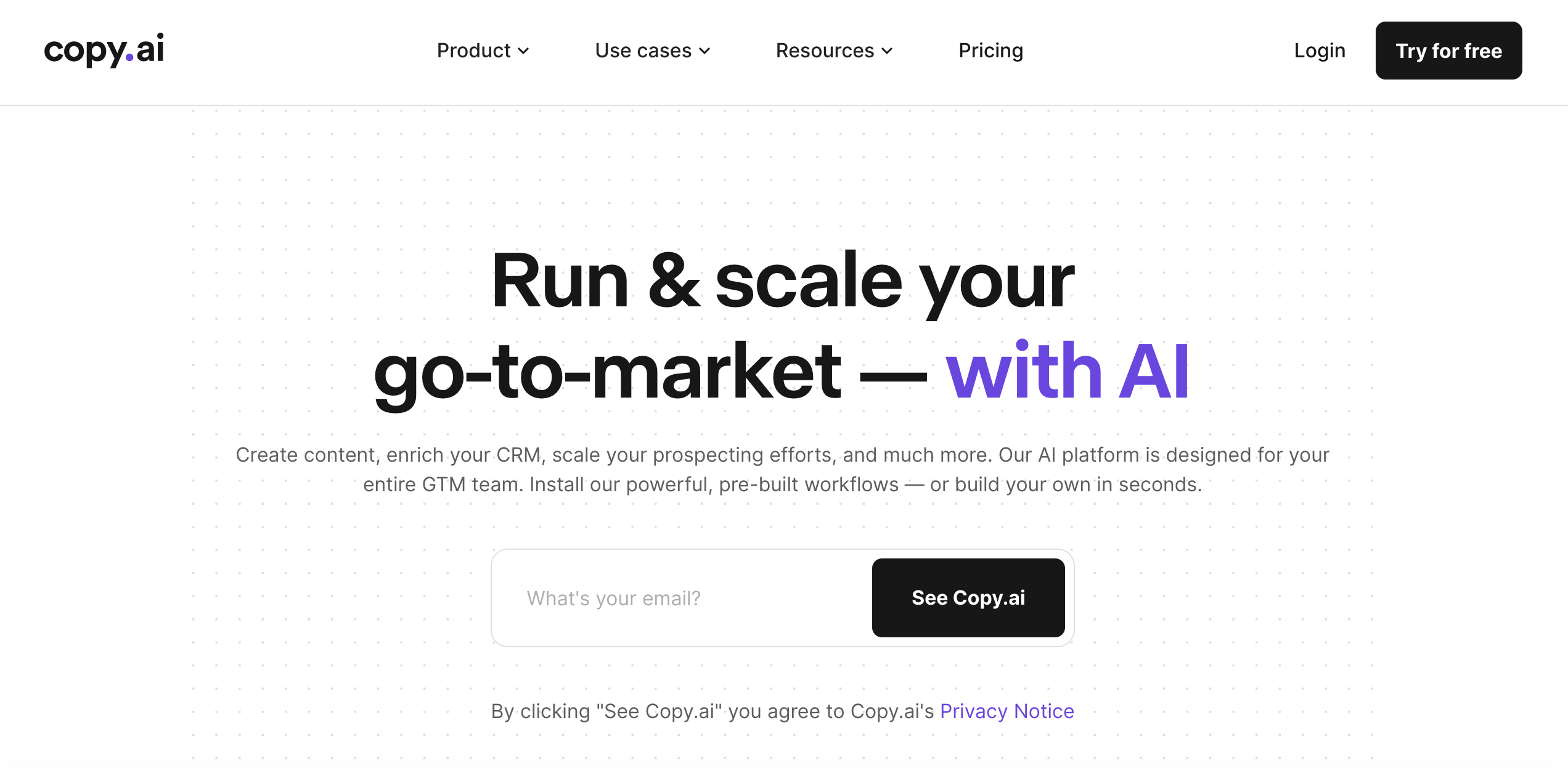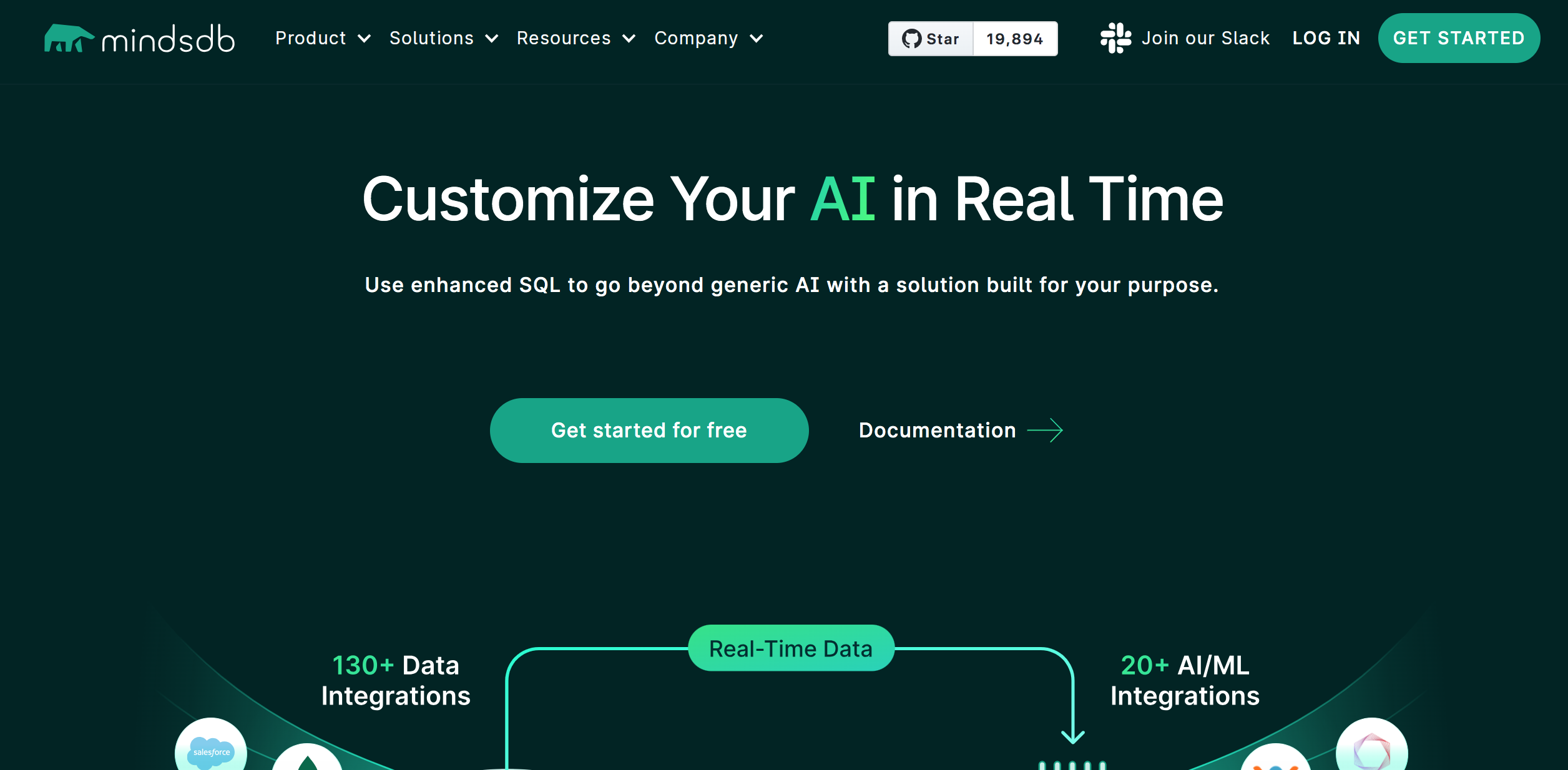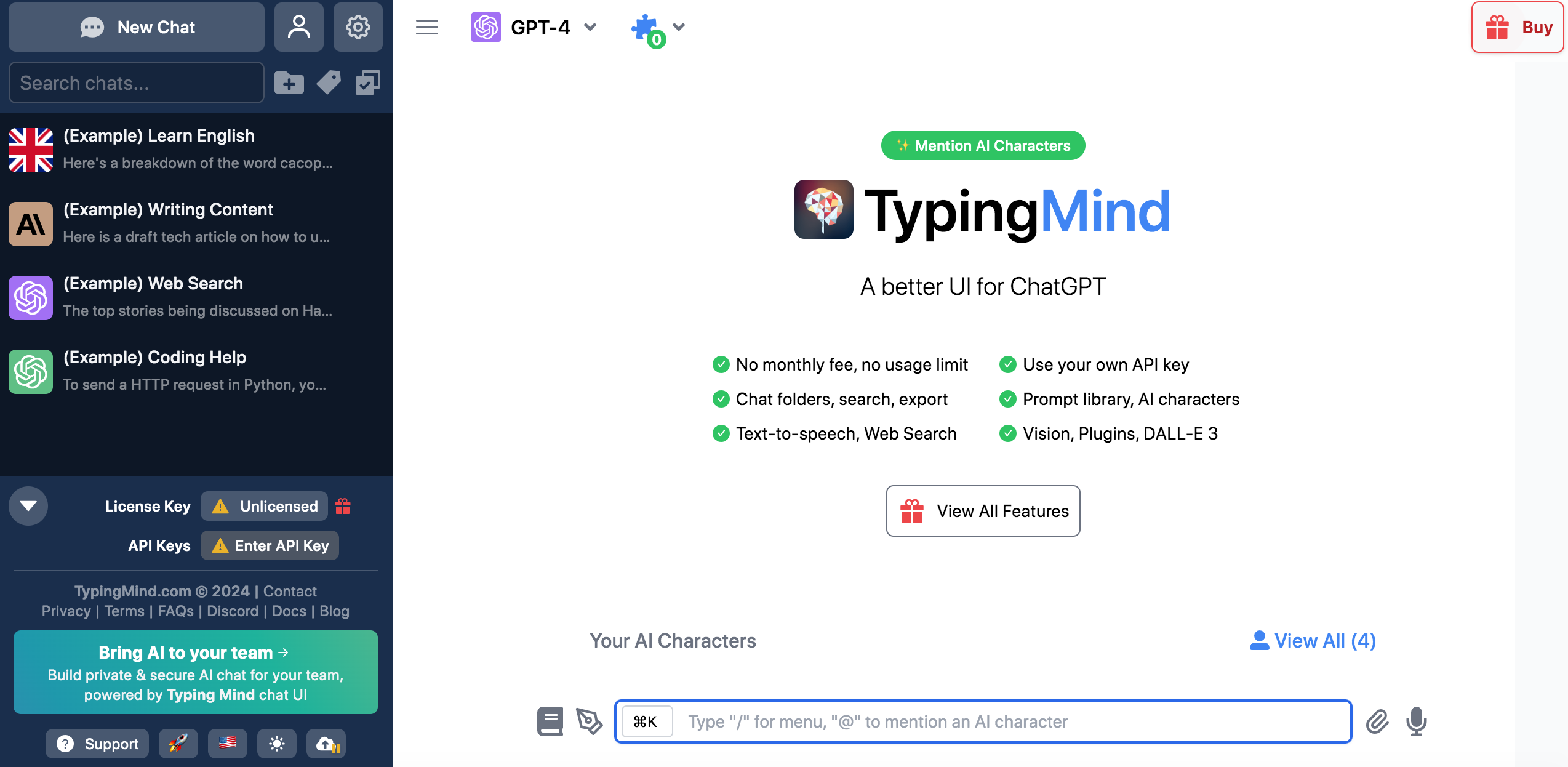I. Introduction
Artists have been using technology to create digital art for decades, but the rise of NFTs has created a new market for digital artists to sell their work. NFTs, or non-fungible tokens, are unique digital assets that are verified on a blockchain. They are often used to represent digital art, music, and other forms of creative expression. In this article, we will explore how artists can use artificial intelligence (AI) to create NFTs, and provide some tips and tricks for getting the most out of this process.
II. What are NFTs?
NFTs are a type of digital asset that are verified on a blockchain, which is a decentralized ledger that records transactions. Unlike traditional cryptocurrencies like Bitcoin, which are fungible (i.e., interchangeable), NFTs are unique and cannot be exchanged for other tokens. This makes them ideal for representing digital art, music, and other forms of creative expression.
III. Benefits of using AI for NFT creation
AI can be used to create unique and interesting digital art that can be turned into NFTs. There are several benefits to using AI for NFT creation, including:
- Efficiency: AI can automate many of the processes involved in creating digital art, saving artists time and effort.
- Novelty: AI algorithms can generate unexpected and novel results, leading to unique and interesting artworks.
- Customizability: AI tools can be trained on different datasets and styles, allowing artists to create artworks that reflect their personal tastes and preferences.
- Accessibility: AI tools can be used by artists with different levels of technical expertise, making NFT creation more accessible to a wider range of artists.
IV. Tips and Tricks for Digital Artists Using AI to Create NFTs
A. Choose the right AI tool
There are many AI tools available for creating digital art, and it’s important to choose the right one for your needs. Some popular options include:
- Deep Dream: This open-source project developed by Google allows users to generate images using a neural network.
- Runway ML: This tool allows users to train and run machine learning models for creative purposes.
- Artbreeder: This tool allows users to create images by blending different styles and inputs.
B. Use high-quality inputs
The quality of the inputs you use can have a big impact on the quality of the final output. Make sure to use high-resolution images and other inputs, and consider using datasets that are relevant to the style or theme of your artwork.
C. Experiment with different algorithms
Different AI algorithms can produce different results, so it’s important to experiment with different tools and settings to find the ones that work best for your needs. Don’t be afraid to try different approaches and see what works best for you.
D. Be mindful of copyright laws
When using AI to create NFTs, it’s important to be mindful of copyright laws. Make sure to use inputs that are either in the public domain or that you have the rights to use. Additionally, consider creating original inputs or modifying existing ones to create something truly unique.
E. Stay up-to-date on AI developments
The field of AI is constantly evolving, and staying up-to-date on new developments and techniques can help you stay ahead of the curve. Consider attending conferences or workshops, following relevant social media accounts, and joining online communities to stay informed about the latest AI tools and techniques.
V. Conclusion
Using AI to create NFTs can be a great way for digital artists to create unique and interesting artworks. By choosing the right AI tool, using high-quality inputs, experimenting with different algorithms, being mindful of copyright laws, and staying up-to-date on AI developments, artists can create NFTs that stand out in a crowded market. With the rise of NFTs, now is the perfect time for artists to explore the possibilities of AI-assisted NFT creation.
